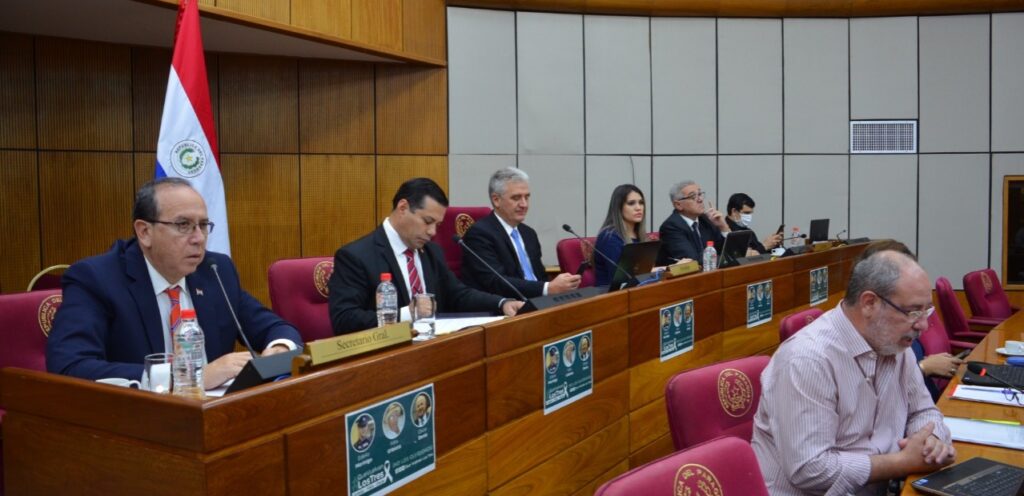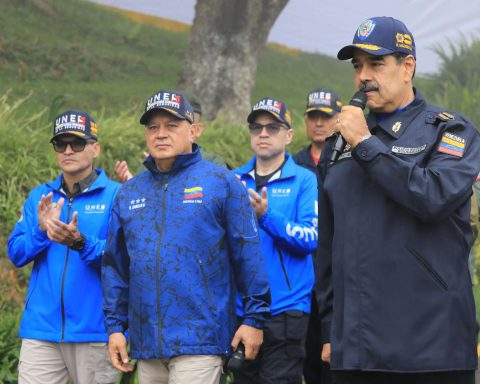Victor M. Toledo
C
as if it were the plant regrowth of a prairie on fire, in Mexico we are experiencing the multiplication of community resistance in defense of territories, life and Mother Earth, under innovative formulas that include the rescue of culture and the intervention of art, communication, and solidarity of urban sectors including communities of scientists. A grand ceremony for renewal of the world
It took place on March 18 at Cerro Quemado in Wirikuta, San Luis Potosí, a sacred site of the Wixárika (Huicholes). The event was organized by the Wixárika Regional Council, the Union of Ceremonial Centers and the Committee for the Care and Defense of Water and Land of Real de Catorce (ejidos). Their call reads: “In this moment of uncertainty, fear, confusion, discouragement, the Wixárika grandparents call for the erection of ‘mirror altars’ through art, music, dance, theater, talks, performances, temazcales, ceremonies, workshops”. As of this writing, more than 400 mirror altars have already been organized on five continents! The conservation of the Wirikuta territory and the strip through which the peyote route has traveled for more than a thousand years from Jalisco, Nayarit and Durango, is a historical demand (https://bit.ly/3wuTF6z) that is being presented to the President of Mexico. Another notable resistance is that of the Peoples’ Front in Defense of the Land of Atenco, state of Mexico, an organization that emerged in 2001 against the International Airport in Texcoco. Today it demands the enactment of a life protection area
that preserves the wetlands that still remain of what was Lake Texcoco, based on an excellent study called hands to the basin. In Mexico City, the Community of Milpa Alta, made up of nine towns whose origin dates back several centuries, with a territory that is equivalent to 20 percent of the city with forests, mountains, springs and agricultural and livestock areas, the assemblies they are generating brigades for the defense of the territory. This goes against the current of the high level of conflict that has prevailed, sponsored by the political parties, the spurious leaders and the authorities.
In the state of Puebla, the Community Parliament for the Rights of Nature has been created, a consortium of 68 organizations that integrates peasants, ejidatarios, teachers, workers, youth, women, consumers, dancers, musicians and people of knowledge
Inspired by the philosophy of good living
and dedicated to the rescue of the Atoyac River, the forests and the water, the relationship between producers and consumers, rural tourism and the rescue of languages. Among its achievements are a Network of 22 Community Radio Stations, a savings bank, the demand to form a Metropolitan Community Park in the north of the capital (which mobilized 10,000 residents) and alliances with social movements, governments and universities.
An unusual event occurred in Guerrero. The second Peasant Convention brought together 1,255 ejido and community commissioners in Zumpango del Río, who represent 80 percent of the entity. This event achieved a political agreement on the supply of inputs, agroecology, social and solidarity economy, governance, security, and defense of the territories. This has inspired the advent of a new agrarianism
as similar meetings are announced in states such as Puebla, Veracruz and Morelos.
On the other hand, in Chiapas, the 50 communities that live around the Montes Azules Reserve decided to promote the Lacandona Community as a biocultural region
and make a life plan
as a community governance tool. It is an autonomous exercise that dates back decades of agrarian conflict and places these peoples as co-participants in the conservation of the Lacandona forest. Finally, in Yucatan, the battle offered by the Mayan communities against pig farms that contaminate aquifers and soils, and especially the ring of cenotes that, in addition to being a geohydrological reserve, are sites considered sacred, reached its greatest expression in the case of Homún. This Mayan community not only managed to get the Supreme Court of Justice of the Nation to declare the suspension of the farm with 50,000 pigs that affect their health and that of their environment, but today they promote an autonomous law, an example for other communities.
All these achievements coincide with sentences won by the communities. These are the cases of the Maseual (Nahua) peoples of the Sierra Norte de Puebla who achieved the suspension of mining projects in four municipalities, and the litigation won by the Coordinator of United Peoples for Water, a consortium of 16 communities from the Central Valleys of Oaxaca. , to carry out self-managed management of aquifers.















